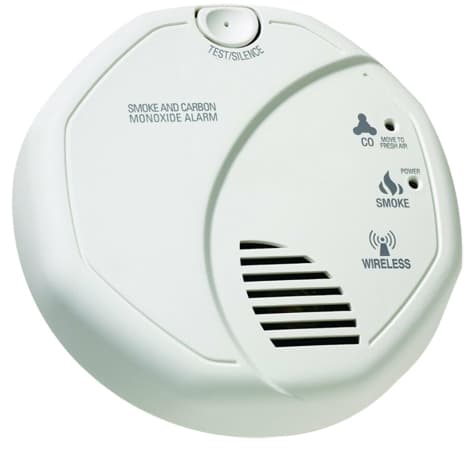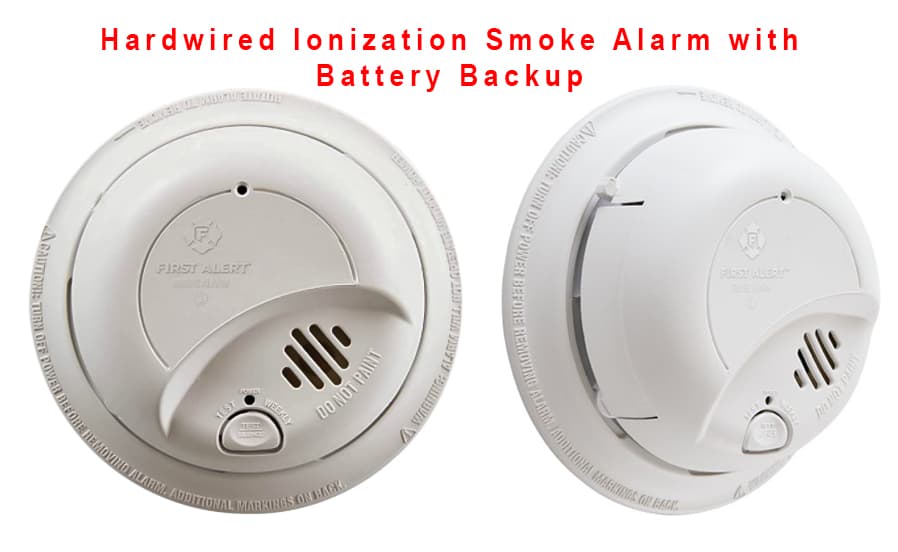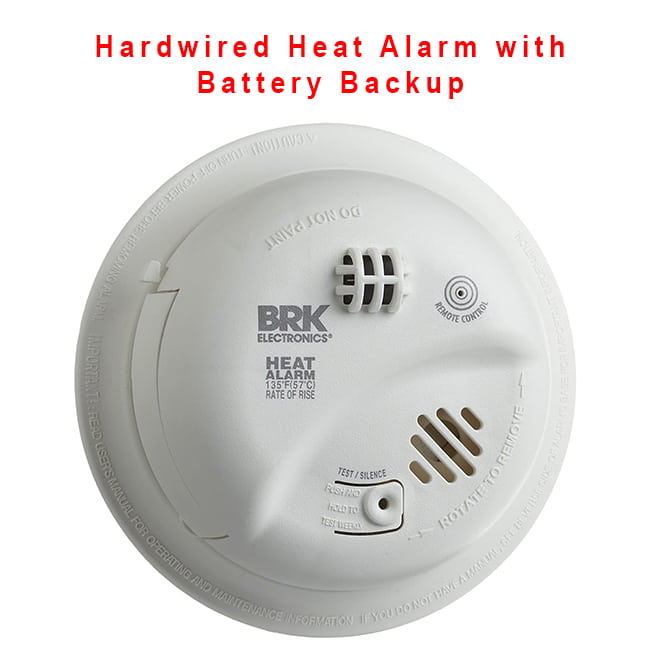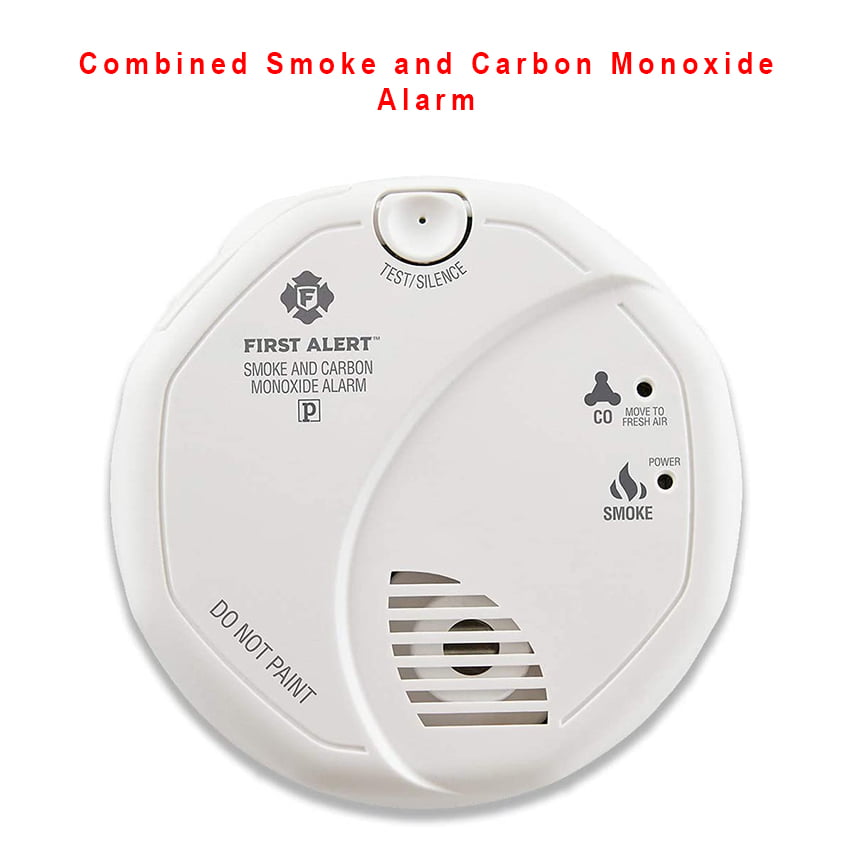
Written by Chris on March 21, 2023
Updated on: 20 July 2023
Smoke, Fire and Carbon Monoxide Alarms for the Home
What types of Smoke, Fire and Carbon Monoxide alarms are available?
There is a fairly large variety of fire and smoke alarms on the market, with different technologies and prices. Whereas they may be a legal requirement for landlords and businesses they, as well as fire suppression devices, are unfortunately often overlooked by homeowners. This is surprising because for a relatively small outlay you can be more confident of keeping you and your family safe as well as protecting your home and its contents as they can forewarn you before a situation gets out of control.
Smoke alarms can be divided into two basic types:
- Photoelectric alarms
- Ionization alarms

Smoke alarms with photoelectric technology are not the most common you’ll come across when shopping. They operate with an LED and sensor set up in such a way that when smoke enters the device it deflects the light onto the sensor and sets the alarm off. It should be noted that because they respond best to smoke rather than the fames of a fire, they might not be appropriate for all circumstances.

Ionization smoke alarms are much more common and are more effective in responding to flames. They operate with a radioactive element between two charged plates. This arrangement ionizes the ambient air through which a steady current is able to pass. When smoke enters the device, it immediately interferes with this flow of current, which then triggers the alarm.
Other Types of Alarms

Because placing a normal smoke alarm in, for example, a kitchen could cause too many false alarms, a better option may be to use what is called a fixed temperature heat alarm. These devices are fitted with a delicate element which is very sensitive to heat and will melt when a certain (high) temperature is reached, which then causes the alarm to operate. More sophisticated and sensitive models can trigger an alarm on detecting an unusual rise in the ambient temperature and therefore have the advantage of giving an early warning of a potential fire.
Carbon Monoxide Alarms

The most important point to note about carbon monoxide is that this is a potentially lethal gas. It is colorless, tasteless, and odorless, and is often called the SILENT KILLER. Have a look at what more we have to say about carbon monoxide. We may not realize it, but there are lots of devices in the home that can emit this dangerous gas as they burn, such as gasoline, oil, and furniture.
These devices ae often combined with an ability to detect smoke and therefore offer you more versatility. They can be wired or run just on batteries. Wireless smoke alarms are considered to be better because they are simpler to install and do not depend, at least in part, on a home’s wiring system. These models normally have long-lasting batteries, and the device will have a means to warn you when they need to be replaced. Both can either set off a high-pitched alarm or flashing lights, and many models often do both. And some of the more sophisticated models can be linked to your Wi-Fi and send warnings, for example, to your phone when you might be out and about.
What’s the best type of alarm for your home?

This may be a personal decision, but from the foregoing the combined smoke and carbon monoxide alarms like the one immediately above and that operate with long-lasting batteries are possible the most flexible and versatile options. Just remember, for maximum protection you’ll need multiple devices to equip your home.
For an idea of the range of devices available to you, see also our bigger selection of alarms.
